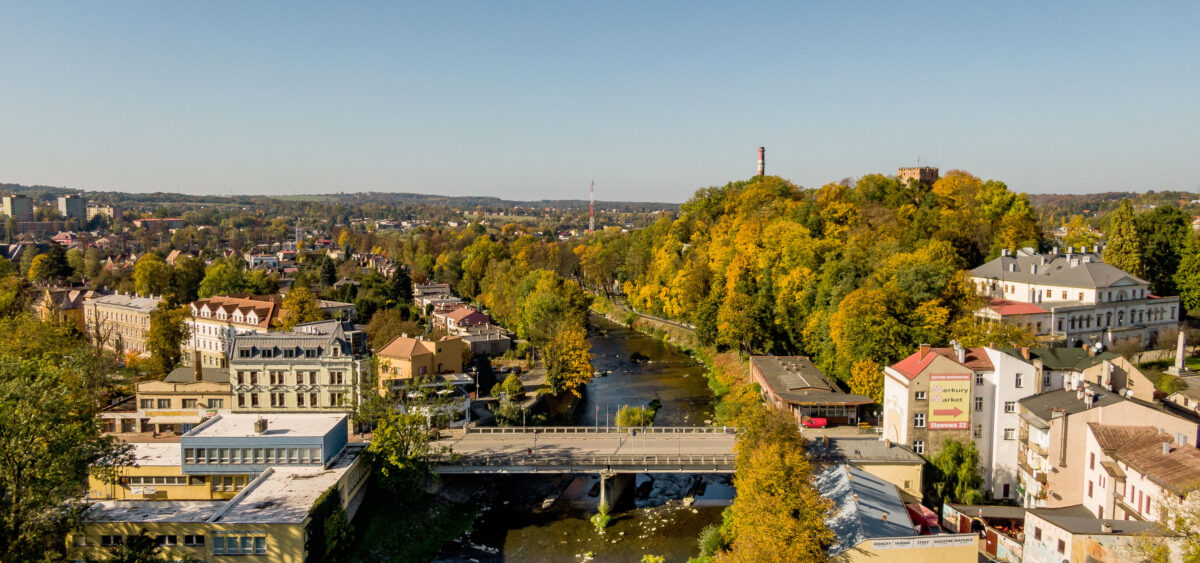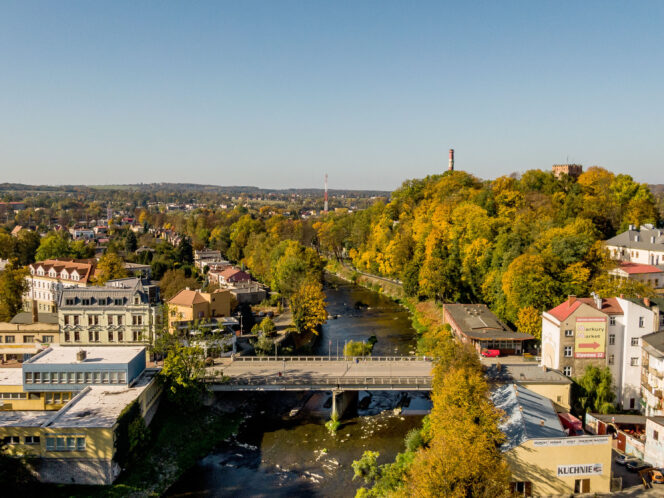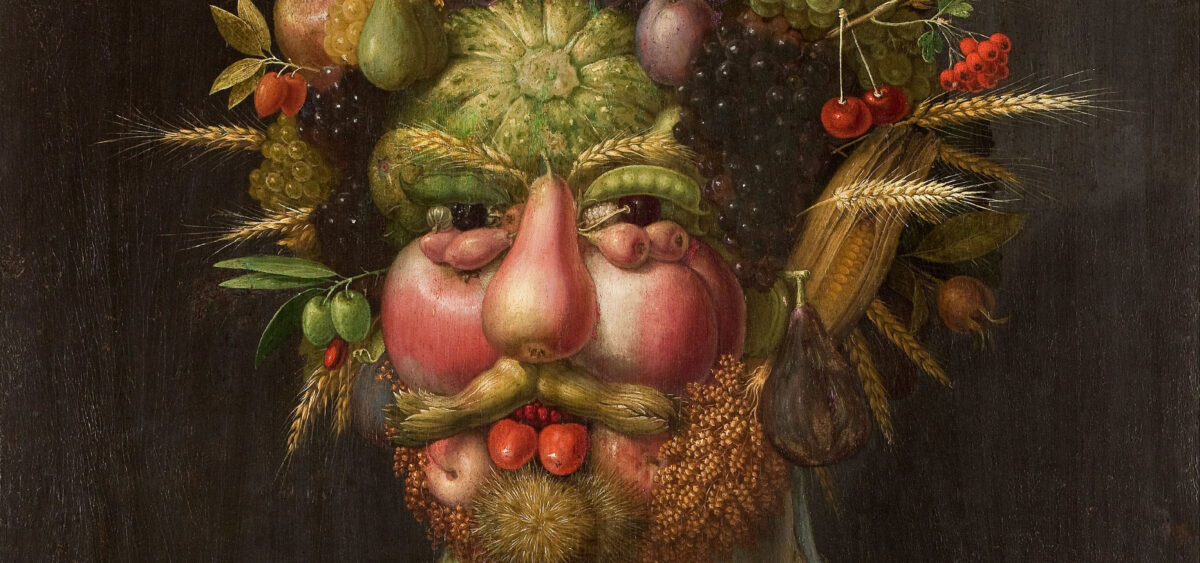
Time moves slowly here in the town of Cieszyn, Poland. Lovers kiss on the Friendship Bridge; tourists ask locals where to find the best fried cheese, or the rotunda from the twenty-złoty bill. And the name itself just makes you smile—at least if you’re a Polish speaker, for whom it sounds like the verb “to cheer.”
In the Old Market, a small city square on the main street downtown, a Madonna and Child gaze down from a modestly high plinth. The sculpture isn’t a spectacular one, so it’s easy to miss—all the more so as the square can be jammed with cars. But don’t despair if you miss this local attraction because the statue is only a copy anyway. To see the original, you have to visit the Museum of Cieszyn Silesia—and it’s worth your while. It was long thought that the sculpture dated back to the nineteenth century. However, during conservation work in 2000, it turned out that under the layers of paint, there was an outstanding Gothic piece that was created in the Prague studio of Piotr Parler, a builder, architect, and sculptor. Over the years, the figure of the Madonna and Child was painted over many times. At one point it was covered in gold, and both figures gained gold-plated crowns. To get to the original, they had to take off more than thirty layers of polychrome. The precious original was taken to the museum, while a copy—a painted version, with gold elements—can be seen in the Old Market.
Exploring Cieszyn is like ripping away layers that have become stuck together, creating a diverse texture. Some come off faster, others cling on—you’re never certain whether you’ve reached a gold-plated polychrome, or the Gothic original.
The Wandering Border
Life in Cieszyn is slow, and staying here helps you become, for at least a day, a flaneur, a master of loitering. It allows you to discover various places, wandering with no goal or plan. The town of slightly more








